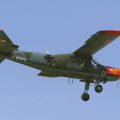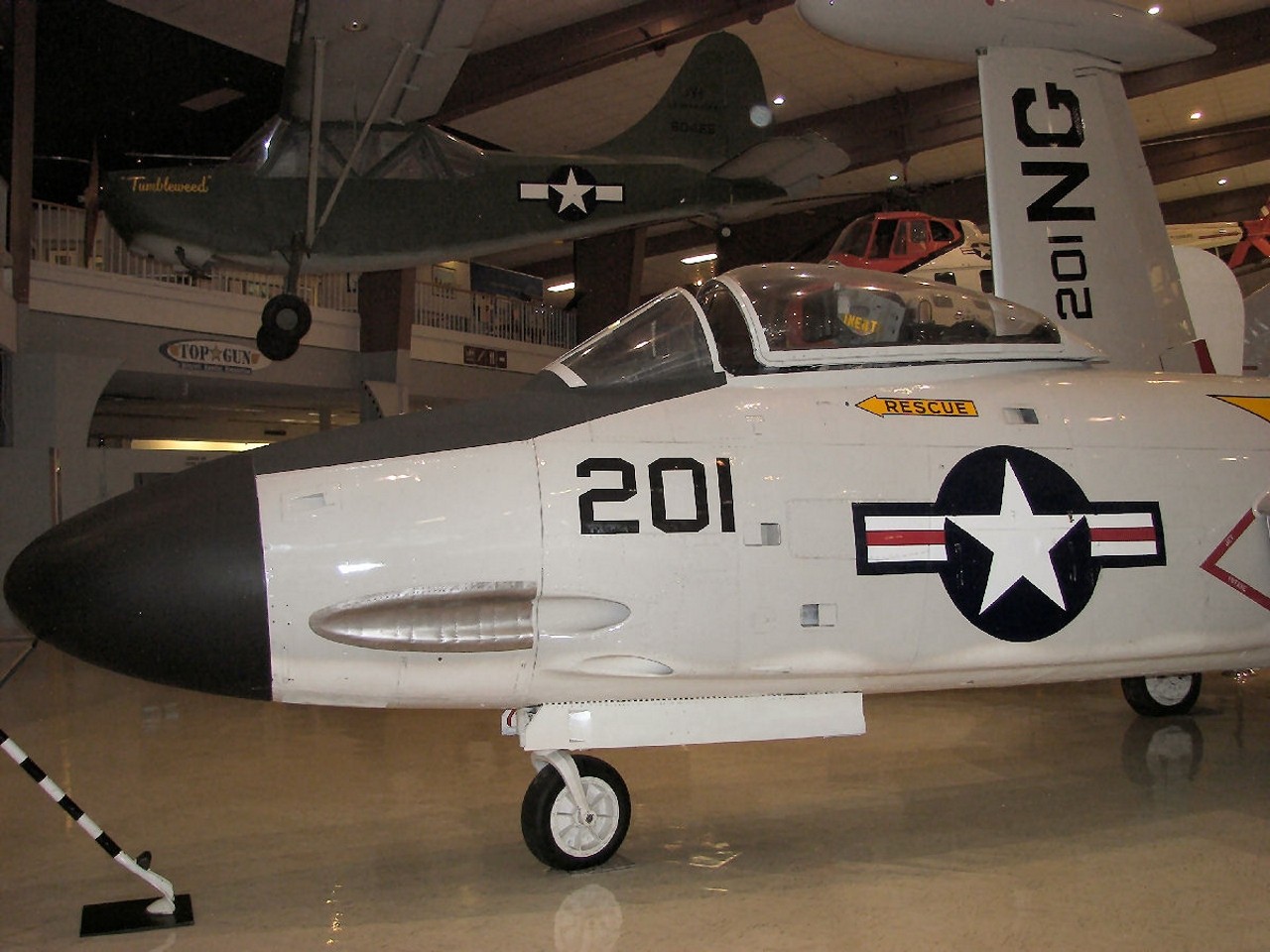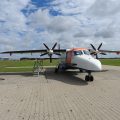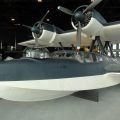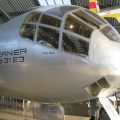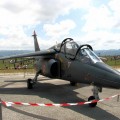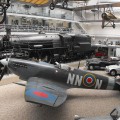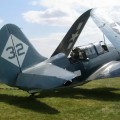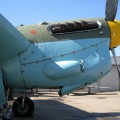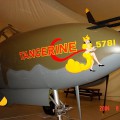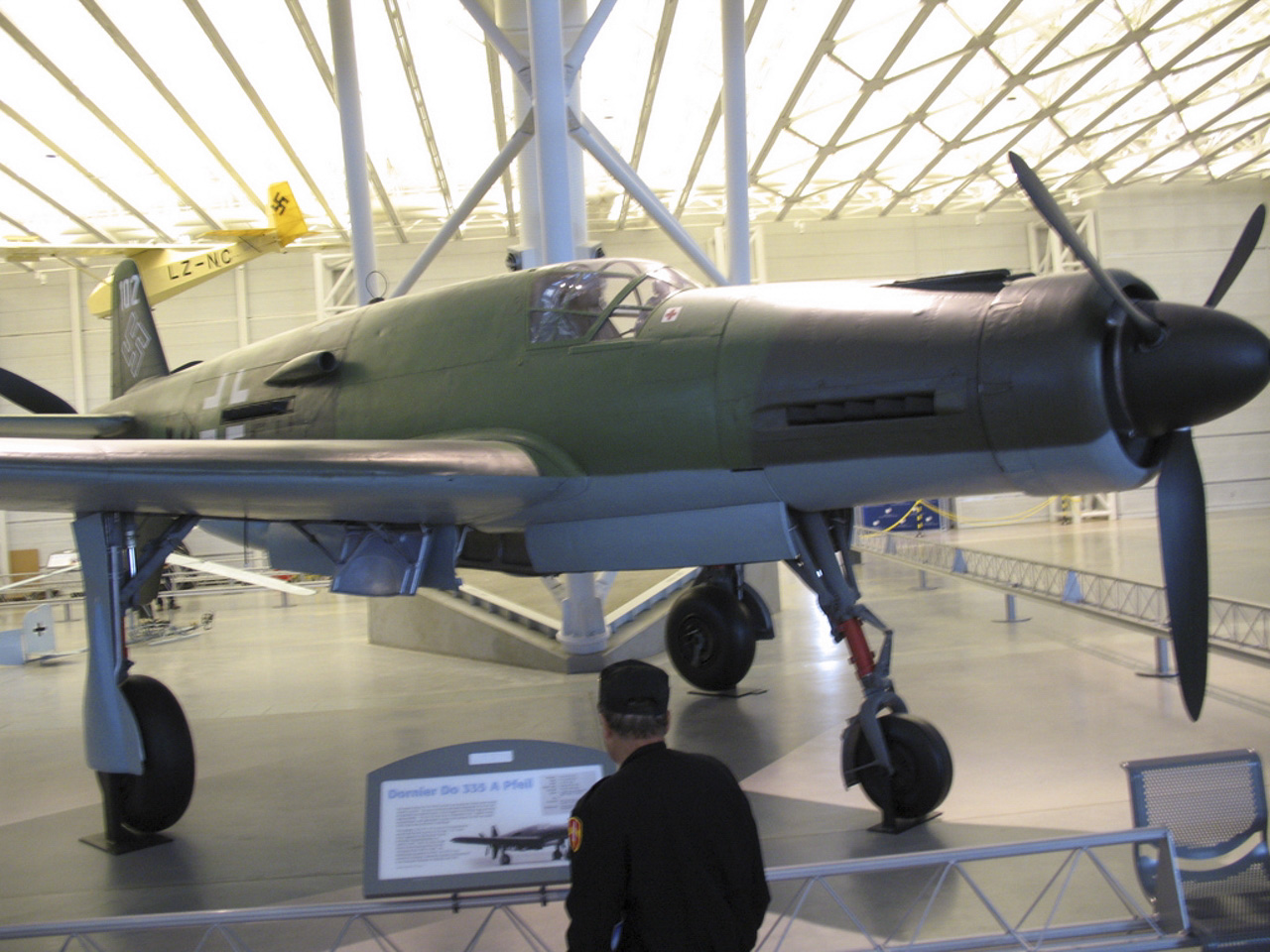
Dornier Do.335 | |
|---|---|
| Državi | Nacistična Nemčija |
| Vlogo | Borec-bombnik |
| Prvi let | 26 October 1943 |
| Zgrajena | 37 |
V Dornier Do 335 Pfeil (“Arrow”) was a World War II heavy fighter built by the Dornier company. The two-seater trainer version was also called Ameisenbär (“anteater”). The Pfeil’s performance was much better than other twin-engine designs due to its unique “push-pull” layout and the much lower aerodynamic drag of the in-line alignment of the two engines. It was Germany’s fastest piston-engined aircraft of World War II. The Luftwaffe was desperate to get the design into operational use, but delays in engine deliveries meant that only a handful were delivered before the war ended.
| Dornier Do.335 A-0 Pfeil Walk Around | |
|---|---|
| Fotograf | Cees Hendriks |
| Lokalizacijo | Neznano |
| Fotografije | 67 |
Povezani kompleti:
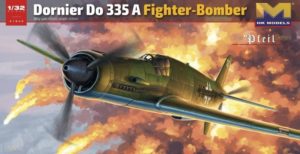
| Dornier Do 335 A B-2 Pfeil | |
|---|---|
| Fotograf | Unknow |
| Lokalizacijo | Neznano |
| Fotografije | 26 |
Poiščite komplete na eBayu:
The Dornier Do.335 was a German fighter-bomber aircraft designed and built by Dornier during World War II. It was notable for its unusual configuration of two engines in a push-pull arrangement, which gave it high speed and performance. The Do.335 was also equipped with a tricycle landing gear, an ejector seat, and a pressurized cockpit. The Do.335 was one of the fastest piston-engined aircraft of the war, reaching a maximum speed of 763 km/h (474 mph) at 6,500 m (21,300 ft).
The Do.335 was developed from the earlier Dornier P.231 project, which was submitted to the RLM (Reich Air Ministry) in 1939 as a high-speed bomber. The P.231 was rejected as too risky and complex, but Dornier continued to work on the concept in secret. In 1942, the RLM became interested in the design again and ordered a prototype under the designation Do.335. The first prototype flew on October 26, 1943, and impressed the RLM with its performance and potential. The RLM ordered several variants of the Do.335, including a single-seat fighter (Do.335A), a two-seat trainer (Do.335B), a night fighter (Do.335C), and a heavy fighter (Do.335D).
However, the production of the Do.335 was hampered by several factors, such as Allied bombing raids, shortages of materials and components, and technical difficulties with the engines and propellers. Only 37 Do.335s were completed by the end of the war, and none saw combat action. Most of them were destroyed by the Germans to prevent them from falling into Allied hands, or captured by the Allies and taken for evaluation. A few examples survived in museums and private collections, and one was restored to airworthy condition in 2009.
Views : 4772
